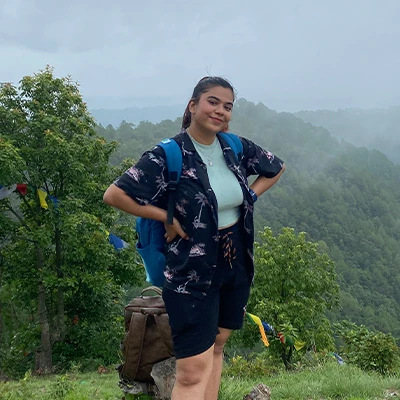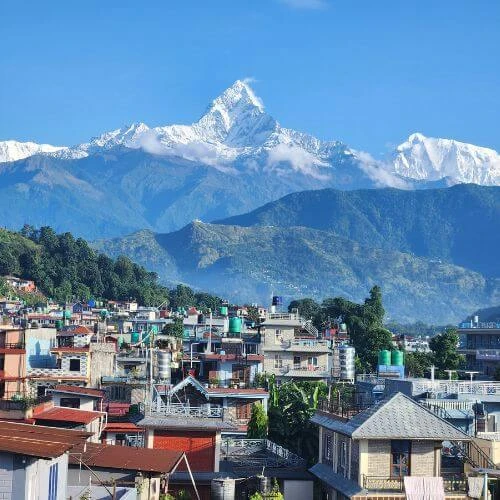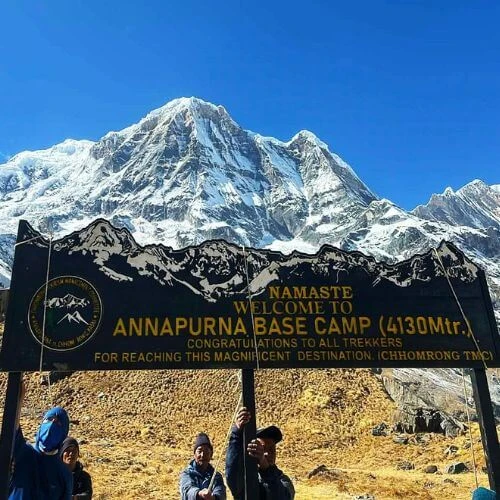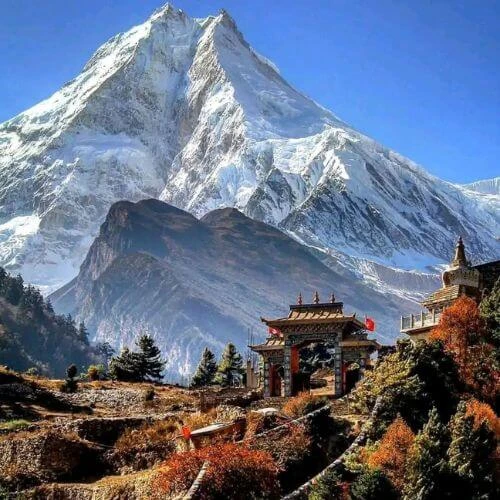What is Hartalika Teej?
Teej, also known as Hartalika Teej, is one of the most popular women’s festivals in Nepal. In Sanskrit, the terms “Harat” and “Alika” mean “abduction” and “female friends" respectively. One day Goddess Parvati planned her own abduction by her friends when her father Himalaya, announced her marriage to Lord Vishnu. Then goddess Parvati stayed in the forest, in penance to get Shiva as her husband. Lord Shiva was then impressed by the great devotion of Goddess Parvati and promised to marry her.
Marked by the joyous singing, dancing, and fasting, the Teej Festival in Nepal symbolizes the strength, devotion, and ability of women. Celebrated primarily by Nepali Hindu women, the Teej festival usually falls in late August or early September, aligning with the monsoon season. During the time of Teej, women come together, adorn themselves in red and celebrate sisterhood and devotion to Lord Shiva.

History and Cultural Significance of Teej Festival in Nepal
The history of Teej is deeply rooted in Hindu Mythology where it is believed that the Goddess Parvati took deep penance and fasted for many years to get Lord Shiva as her husband. Lord Shiva was impressed by Parvati's great devotion and dedication and accepted her as his wife on her 108th Birthday.
Today, the Teej Festival holds great importance for Hindu women, including the hope and prayers of women for a happy and prosperous marital life. Today, Hindus widely worship the Goddess Parvati as the “Teej Mata” on the auspicious occasion of Teej.
When is the Teej Festival Celebrated?
The Festival of Teej in Nepal is closely associated with the Hindu Lunar Calendar. The Festival of Teej takes place during the Bhadrapada (Bhadra) month, especially on the third day of the waxing crescent moon, also known as Shukla Paksha.
This year, the Teej Festival will be celebrated on August 26, 2025, and as per the Nepali calendar, Bhadra 10, 2082. The actual festival (Dar Khane Din) starts on August 25 and concludes on August 28 with Rishi Panchami. These dates are important for Hindu women as they prepare for the fasting and rituals that are central to the festival.

How is Teej Celebrated in Nepal?
The celebration of Teej lasts for over 3 days, each with its unique customs and rituals.
Day 1: Dar Khane Din (The Feast Day)
The celebration of Teej begins with “Dar Khane Din” where women gather together in their maternal homes or party venues nowadays for grand feasts. This day is all about having many delicacies till midnight, wearing beautiful red sarees, dancing to Nepali Folk songs, and enjoying time with family and friends. This day is also very important as of midnight, the 24-hour fast starts.
Day2: The Fasting Day
The second day of Teej, popularly known as “Hartalika Teej” or “The Fasting Day”. This day is the most important part of the Teej Festival. Married Women observe a 24-hour fast often without water (Nirjal Barta), praying for the well-being and long life of their husbands whereas single women take the fast with the hopes of receiving a husband like Lord Shiva.
On this day, women visit nearby Shiva Temples, specially Pashupatinath Temple- the greatest Shiva Temple in Nepal, perform various rituals, dance to Nepali Folk songs wearing a red saree, grooming themselves in gold jewelry, and Lacha dori (Beautiful hair accessory popular in Nepal). At the end of the fasting day, women break their fast by having some fruits and rock-sugar water.

Day 3: Rishi Panchami
The last day of Teej, Rishi Panchami is also known as the day of purification. It is said that on this day all women who have started menstruating should perform the rituals to cleanse themselves of any sins they may have committed unknowingly during the menstruation cycle.
They bathe in sacred rivers with crimson red mud found under the sacred Datiwan (Chaff Flower) tree and brush with its branches and leaves. They also chant “Paap Hara Hara” which means “ Please cleanse my sins”, offer prayers to the Sapta Rishis (Seven Sages), and follow various traditional rites to seek forgiveness and blessings for a pure life. After puja, women feast themselves with one meal and fast for the rest of the day.
Modern-Day Celebrations
While the traditional rituals of Teej remain strong, the modern-day celebration has evolved to include various community events, and social gatherings a month before Teej. The essence of the festival, however, continues to revolve around the devolution, love, and strength of the women. In cities like Kathmandu, the sight of women dressed in red, adorned with beautiful jewelry, and participating in processions and temple visits is a testament to the enduring spirit of Teej.
Traditional Folk music and dance are integral parts of the Teej Celebration, women gather in groups, singing traditional Teej songs that often express their joys, sorrows, and aspirations. These songs are passed down through generations, reflecting the deeply rooted social and cultural aspects of their lives.

Conclusion
Teej is more than just a festival; it is a celebration of womanhood, faith, and cultural heritage in Nepal. It is a time when women come together to honor their traditions, share their joys and challenges, and strengthen their bonds with one another. As Teej continues to evolve with time, it remains a powerful symbol of the resilience and devotion of Nepali women, cherished and celebrated across the nation.








